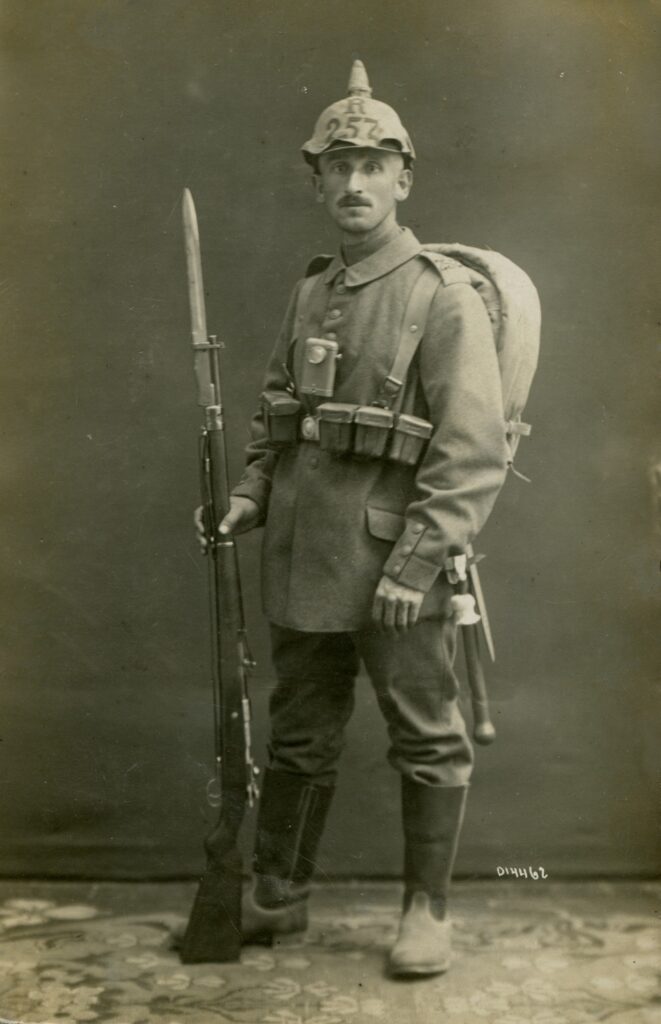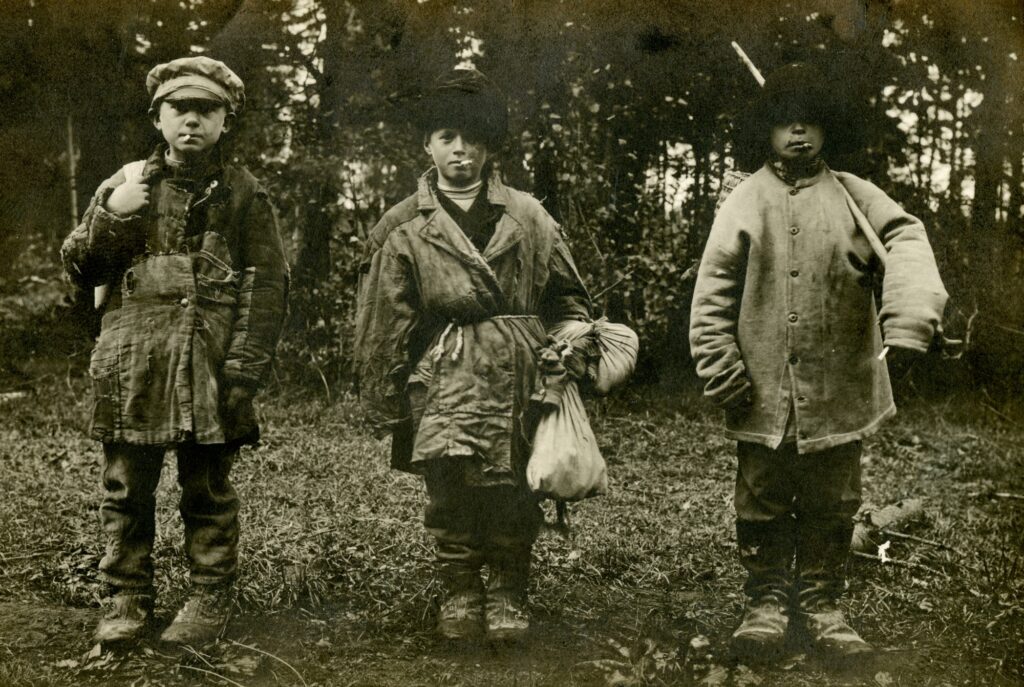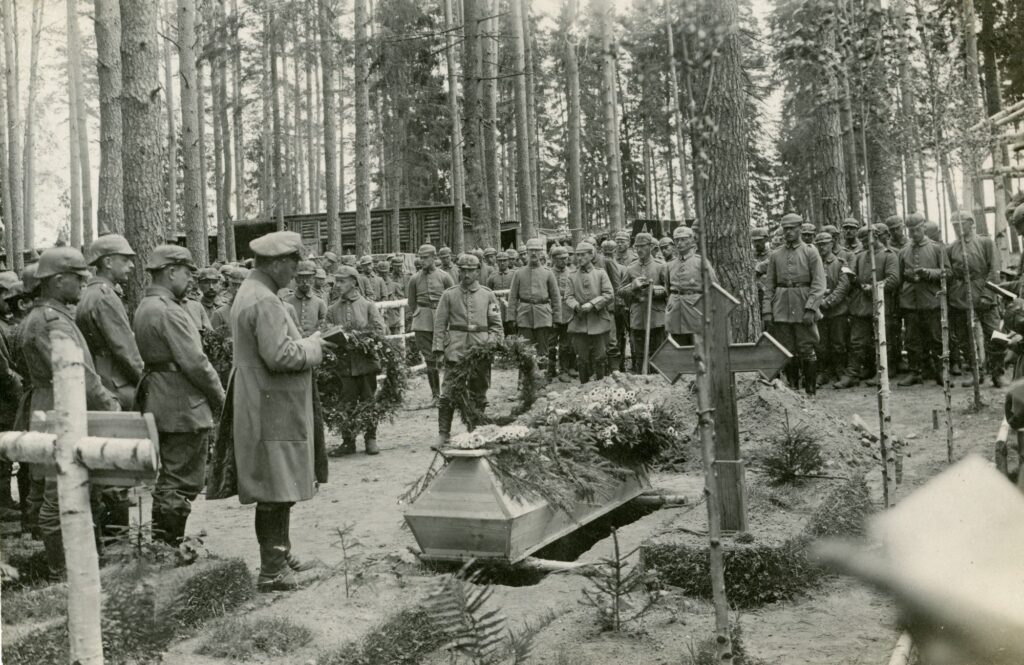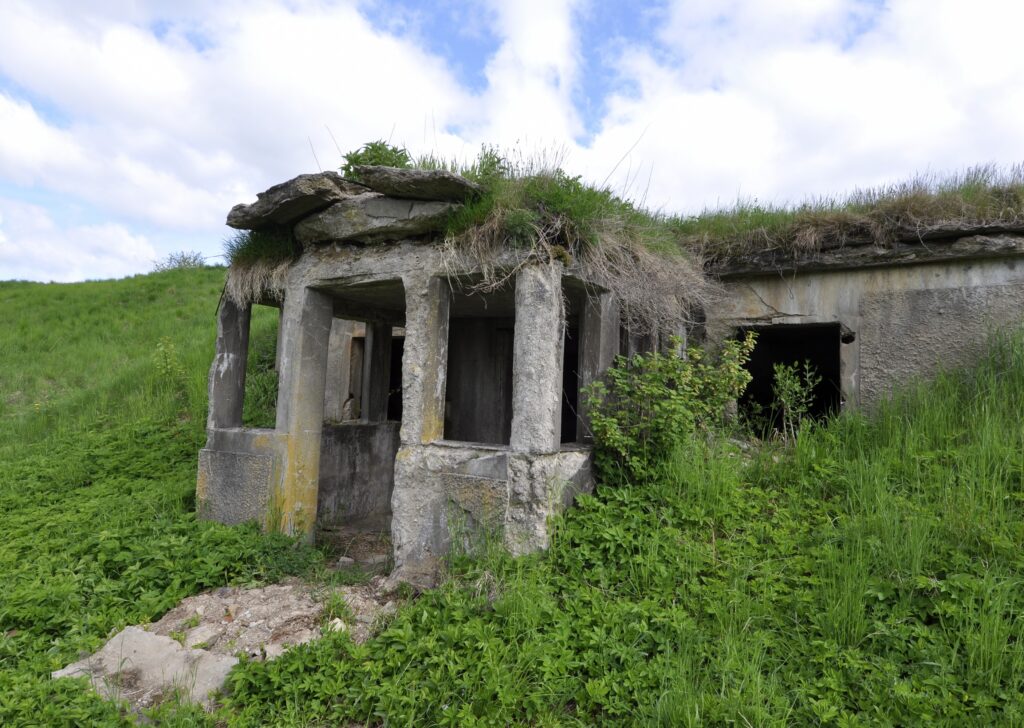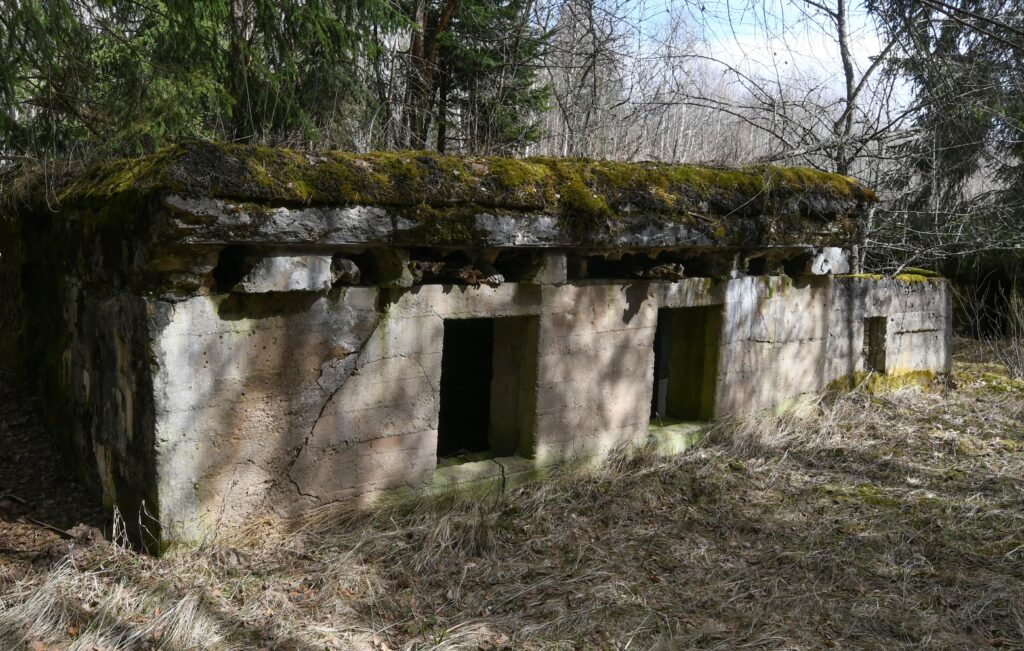The marked cross-border route that crosses the territory of Latvia and Lithuania is offered for your attention. During the First World War, the front line of “Life and Death” was located on the territory of Latvia and Lithuania for several years. A complex system of fortifications with ditches, trenches and bunkers was built on both sides of it. Thousands of soldiers fought and died in fierce battles here, as evidenced by the countless burials of fallen soldiers. During the route No. 790, it is possible to see several better-preserved bunkers, as well as the expositions of the First World War in Medumi and Turmantas (Lithuania), dedicated to the First World War. World War I was a global armed conflict between the Allies, led by the Entente on one side, and the Central Powers on the other, which lasted from 1914 to 1918. During the First World War, at least 230 soldiers died every hour.
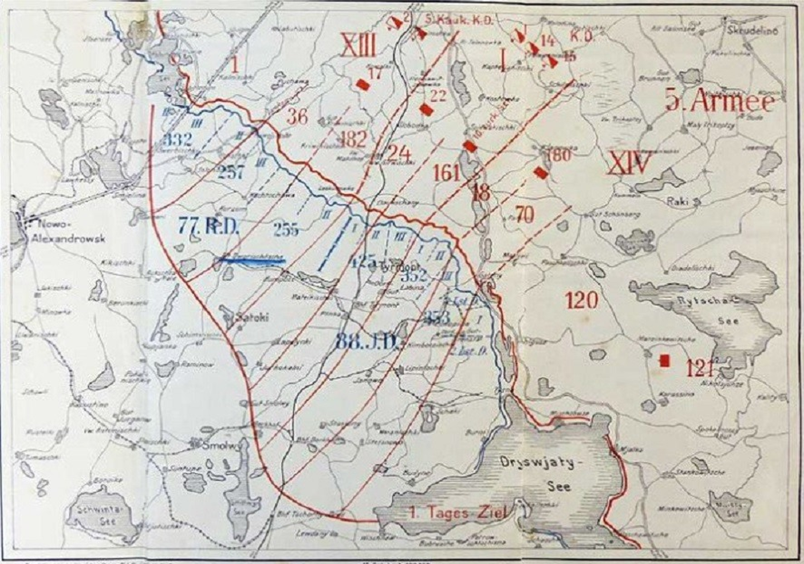
The German division was entrenched between Lake Svente and a group of lakes northwest of Medumi, the largest of which was Lake Medumi, as well as in a land position from Medumi to the east to the railway of Vilnius – Daugavpils. The second line of defense was in the inter-lake at the current Lithuania – Latvia border, at the Kampiniski – Laukesas lakes and further along the border. It was located in the Egyptian cemetery near the main road of Zarasai – Daugavpils. The front line from the end of 1915 to the beginning of 1918 passed through the entire territory of the current Medumi parish. At that time, it was Ilukste district of Kurzeme province, Kurcums and Laucesa parish. During the fighting, the Medumi manor’s sanatorium and about 20 summer houses of aristocrats from St. Petersburg were destroyed, as well as the manors of Kurcums, Kriviniski, Ilzes and the Egyptian church half-manor, the Kurcums parish house and the building of the Orthodox church in Kscheva. The most important object in the Daugavpils – Zarasai section was the Daugavpils fortress and the bridges over Daugava, which were controlled by the Russian army. In mid-September 1915, the 88th Infantry Division of the German 10th Army participated in the attack towards Daugavpils. As well as the 77th Reserve Division. The headquarters of the corps was located in Utena. The 1st Corp of the 8th Army took part in the battles in the direction of Daugavpils since September 9, 1915. The three corps of the 8th Army fought from 1915 to the beginning of 1917 and participated in the capture of Daugavpils.
In the battles near Daugavpils, the 2nd Division arrived from other parts of the front, it was included in the 10th Army and participated in the battle of the fortifications of the Daugavpils bridgehead (September 29 – November 1), the 77th reserve and the 88th divisions were established for a long time in the surroundings of Zarasai – Daugavpils. The main logistics administrative center was the railway station of Turmantas and the town. On September 4, the commander of the Russian 5th Army, General Pavel Pleve (1850-1916), issued an order to hold the Dvinsk district.
The General Plehve wrote a telegram to the leadership with a request for additional forces for the 5th Army. In the telegram, the general stated that the length of the positions of the Russian army reached 50 miles (about 80 km), it consisted of 36,000 soldiers, 3,000 national guardsmen, and 2 reserve battalions. As a result, the 12th Caucasus Rifle Regiment was brought to Dvinsk, but by that time Medumi had already been occupied. On September 9, Kaiser Wilhelm ordered to reach the Daugava line. On September 23 (October 10-11), the German army occupied Ilukste. The Russians lost up to 10 thousand soldiers in these battles. However, the further attacks of the German army in this area were stopped and the positional war began over several years. On October 18, the 5th army groups (4th and 14th corps, 2 divisions of infantry regiments, 1st Cavalry Division) began an attack in the direction between Svente and Ilgas lakes. The Russians managed to occupy well-fortified German positions. In these battles, the Russians lost about 15 thousand soldiers. On October 31, the Russian 5th Army struck the flank of the German positions.The 5th Army, with heavy losses of the 2nd Regiment and the 4th Caucasus Brigade, stopped the further attack of the German army on Dvinsk (Daugavpils).
